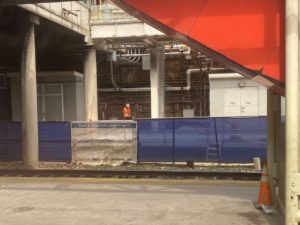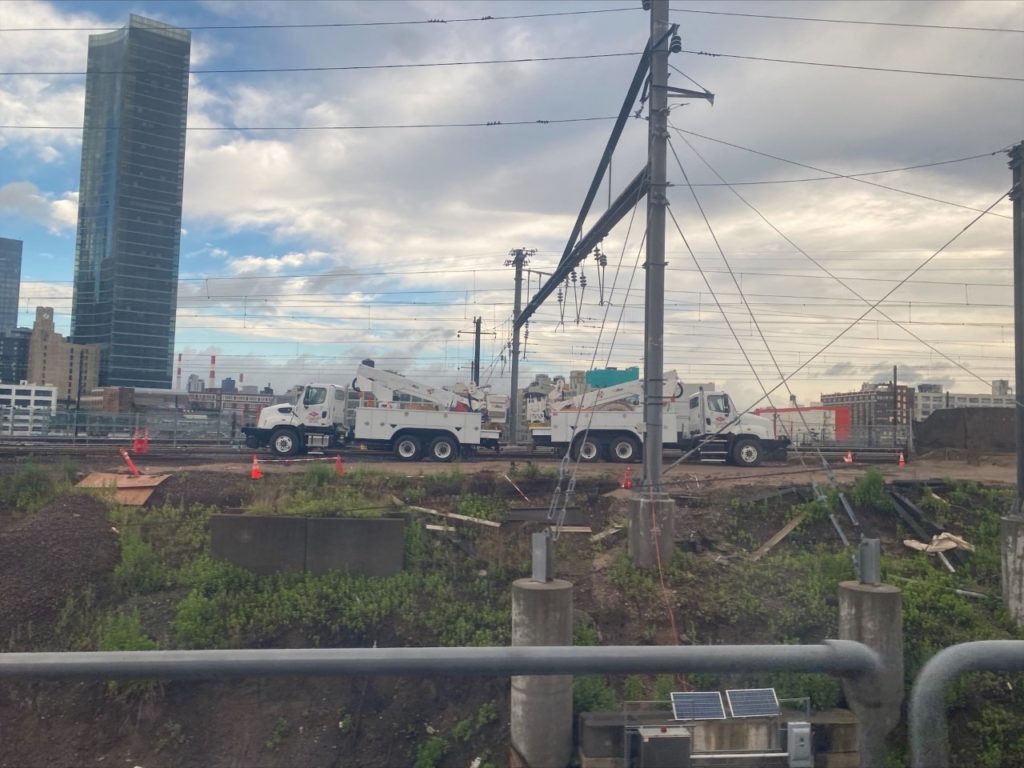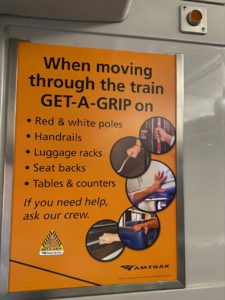The Northeast Corridor (NEC) is an electrified railroad line that is the busiest passenger rail in the United States. A ride on an Amtrak train from Boston to Washington D.C. covers almost 440 miles and makes stops in New York City, Philadelphia, and Baltimore. This transportation network supports the Northeast megalopolis and the surrounding $2.6 trillion economy. Before the COVID-19 pandemic, the NEC handled 260 million passenger trips per year. I recently took an Acela Amtrak train from Boston to Washington D.C. and here are five things I learned during the seven-hour trip.
1. Amtrak’s en-route services include a quiet car, which allows passengers to work with minimal distraction. Most seats on a quiet car on Amtrak trains are on a first-come, first-served basis, but can be reserved on Acela trains.
2. The conductor kept the entire train up-to-date on any potential delays, including speed changes throughout the trip. A trespassing incident led to a delay in Baltimore and allowing another train to move in front of us led to a speed reduction. Each time, the conductor informed passengers of the details for the delay in set intervals.
3. Amtrak’s Wifi service is complimentary, but service does vary. Multiple tunnel systems and rural areas lacked fast connections on my trip route.
4. Amtrak is the only rail service operator to provide end-to-end service on the NEC.
5. Multiple rail construction projects with work crews containing multiple spotters operated on adjacent tracks. Work crew activity did not impede the train at all.

The Acela Amtrak train I took stopped at 14 different stations across seven states and the District of Columbia. Amtrak is the only high-speed rail operator in the United States. Improvements in Acela train models are slated to add even more seating and space for passengers. Amtrak provides a quick and easy way to access the largest East Coast cities in the U.S., and with investments in rail infrastructure coming around the bend, the NEC will only become a more vital transportation network to major cities along its route.
Written by Roy Mathews, Public Policy Associate
The Alliance for Innovation and Infrastructure (Aii) is an independent, national research and educational organization. An innovative think tank, Aii explores the intersection of economics, law, and public policy in the areas of climate, damage prevention, energy, infrastructure, innovation, technology, and transportation.

